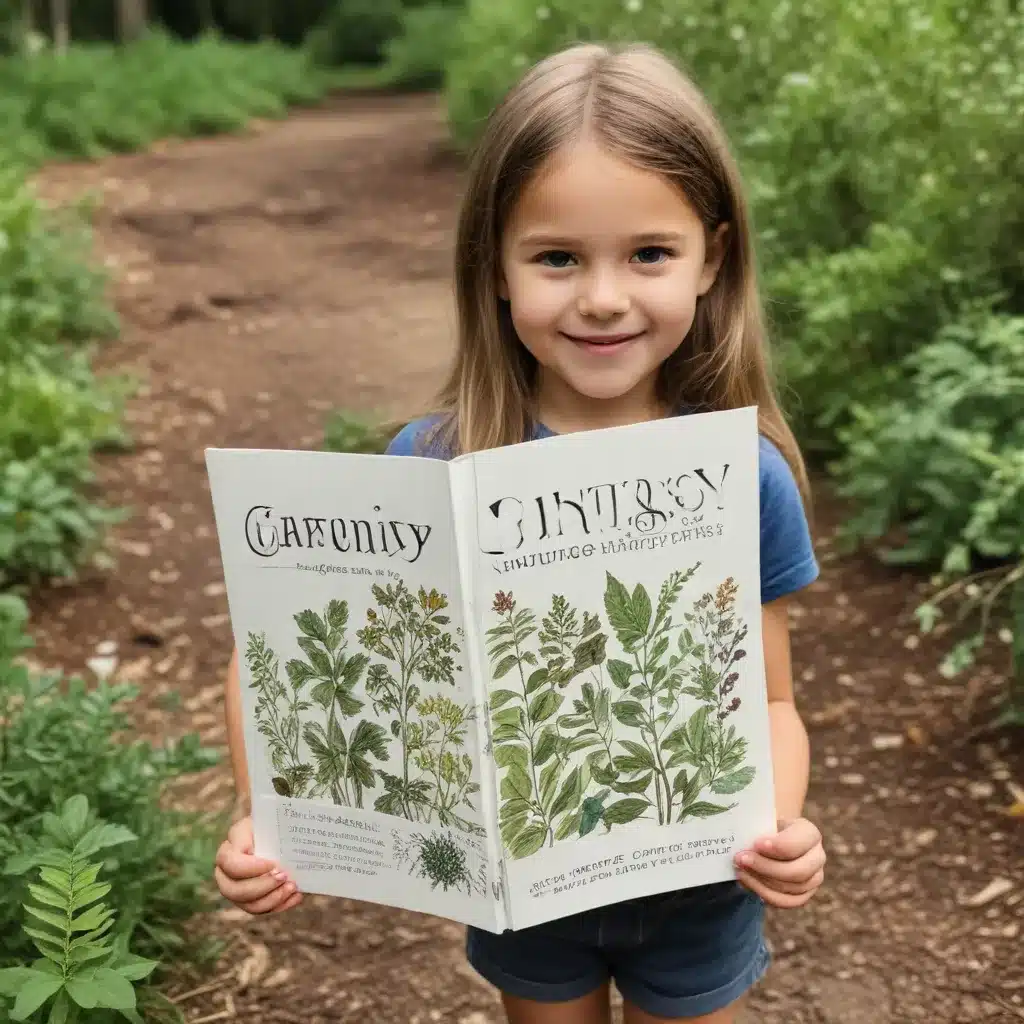
At Crooked Pines Farm, we believe that the great outdoors is nature’s own classroom, where every tree, rock, and stream holds a lesson waiting to be discovered. One of the best ways to ignite a child’s innate curiosity and foster a deep connection to the natural world is through the timeless tradition of the nature scavenger hunt. These engaging, educational adventures transform the simplest outing into an enriching experience that engages all the senses, promotes physical activity, and cultivates an appreciation for the environment.
Benefits of Nature Scavenger Hunts
Developing Observation Skills: As children explore their surroundings, they learn to notice the intricate details of the natural world, from the texture of a leaf to the vibrant colours of a wildflower. This heightened attention to the environment sharpens their observational skills, laying the foundation for scientific inquiry and a deeper understanding of the world around them.
Fostering Curiosity: The very essence of a scavenger hunt is to spark curiosity. With each new finding, young explorers are prompted to ask questions, make connections, and investigate further. This natural inquisitiveness lays the groundwork for a lifelong love of learning, as children develop the ability to think critically and problem-solve.
Encouraging Outdoor Exploration: By inviting children to venture outdoors in search of hidden treasures, nature scavenger hunts inspire physical activity and a sense of adventure. As they navigate their surroundings, children build essential gross and fine motor skills, all while discovering the joys of spending time in nature.
Planning a Nature Scavenger Hunt
Designing an engaging and educational nature scavenger hunt begins with selecting the perfect location. Consider exploring the diverse landscapes around Crooked Pines Farm, whether it’s the lush forest trails, the vibrant wildflower meadows, or the serene pond’s edge. Each setting offers a unique array of natural wonders for young explorers to discover.
Next, it’s time to create the scavenger hunt itself. Compile a list of items for children to find, ranging from common plants and insects to more elusive natural phenomena. Incorporate a mix of easily identifiable objects, like a red leaf or a smooth stone, alongside more challenging items that encourage close observation, such as a spider web or a bird’s nest. Laminate the list or place it in a clear plastic sleeve to withstand the elements.
Gather the necessary supplies, which may include magnifying glasses, binoculars, and clipboards for recording findings. Ensure you have a way to keep the list and any collected items organized, such as a basket or a set of small containers. Don’t forget to bring along a camera or sketchbook to capture the children’s discoveries.
Engaging Young Explorers
When it comes to nature scavenger hunts, one size does not fit all. Adjust the difficulty level to match the age and skill of your young explorers, ensuring that the experience remains both challenging and enjoyable.
For preschoolers, focus on larger, more easily identifiable items, such as different types of leaves, rocks, or insects. Provide visual cues or clues to help guide their search, and consider incorporating a sense of imagination by asking them to find items that look like they could be used by fairies or woodland creatures.
As children grow older, increase the complexity of the scavenger hunt, challenging them to identify more specific or subtle features of the natural world. Encourage them to use their senses to observe and describe their findings, sparking in-depth discussions about the ecological relationships and adaptations they discover.
Fostering enthusiasm and teamwork is key to a successful nature scavenger hunt. Celebrate each discovery with praise and excitement, motivating children to continue exploring. Encourage them to work together, share their observations, and help one another in the search. This collaborative approach not only strengthens social skills but also nurtures a sense of community and environmental stewardship.
Incorporating Educational Elements
While the primary goal of a nature scavenger hunt is to spark wonder and ignite a child’s curiosity, these outdoor adventures also present ideal opportunities to introduce important ecological concepts and foster environmental awareness.
As children search for and identify various flora and fauna, take the time to share information about their roles within the ecosystem. Explain how different plants and animals rely on one another, or discuss the adaptations that allow them to thrive in their habitats. This deeper understanding of the natural world can inspire a sense of wonder and a desire to protect the delicate balance of life.
Incorporate sustainability principles into the scavenger hunt by challenging children to find evidence of human impact, both positive and negative. Encourage them to identify ways they can help care for the environment, such as picking up litter or planting native species. By cultivating a conservation mindset from an early age, you’ll empower young explorers to become stewards of the land.
Adapting for Different Settings
The beauty of nature scavenger hunts is that they can be tailored to suit a wide range of environments, from the rolling hills and lush forests of Crooked Pines Farm to the bustling urban landscapes of the city.
In an urban setting, the hunt may focus on finding signs of nature amidst the concrete and steel, such as a solitary dandelion growing through a crack in the sidewalk or a bird’s nest tucked high in the branches of a city tree. Encourage children to think creatively, using their powers of observation to uncover the natural world hidden in unexpected places.
For those lucky enough to explore the diverse landscapes surrounding Crooked Pines Farm, the scavenger hunt can take on a more wilderness-themed approach. In the forest, children might search for mossy logs, deer tracks, or the iridescent wings of a dragonfly. Along the beach, they could hunt for seashells, driftwood, and the nests of shore birds.
No matter the setting, the goal of a nature scavenger hunt remains the same: to cultivate a deep appreciation for the natural world and inspire a lifelong passion for exploration and learning. So grab your magnifying glasses, lace up your boots, and let the adventure begin!


